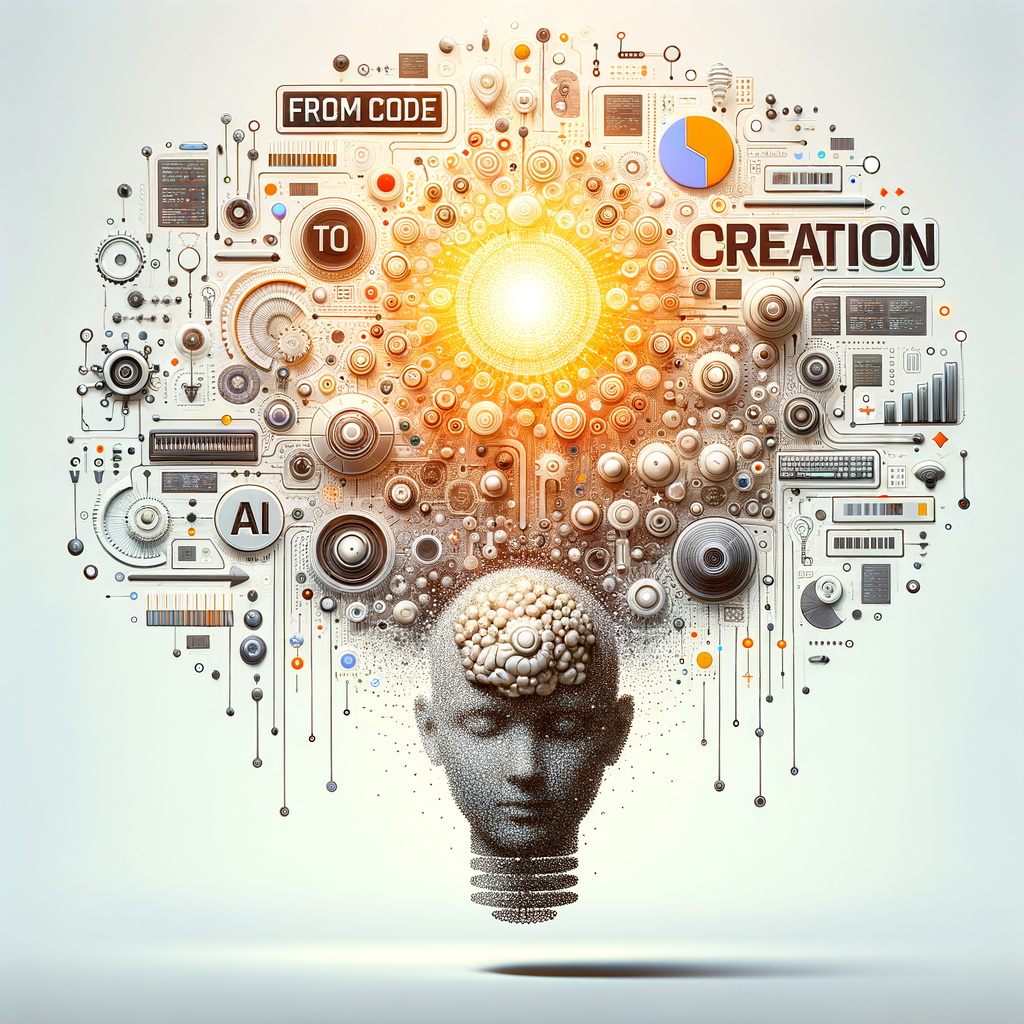
From Code to Creation: How AI is Transforming Software Development
Dive deep into the world of AI-enhanced software engineering. Explore how AI tools and techniques are revolutionizing coding practices, improving software quality, and accelerating development timelines. From automated testing to AI-driven design patterns, discover how AI is shaping the future of software development.
From Code to Creation: How AI is Transforming Software Development
Artificial Intelligence (AI) has become a cornerstone of modern software development. It is reshaping the way software is designed, written, tested, and deployed. This transformation is not merely incremental; it's a revolutionary wave that's sweeping across the industry, enhancing productivity and enabling developers to achieve feats that were once deemed impossible.
The AI Advantage in Software Development
1. Improving Code Quality
AI systems can analyze existing codebases and recommend improvements or spot potential bugs even before the code is deployed. Tools such as DeepCode and Codacy leverage machine learning algorithms to review code and suggest optimizations, helping maintain high coding standards and robustness.
2. Automating Routine Tasks
One of the significant advantages of AI is its ability to handle mundane and repetitive tasks. From code generation to unit testing, AI tools can automate these processes, allowing developers to focus on more creative aspects of development.
3. Intelligent Code Completion and Generation
With AI-powered suggestions, code completion tools like Kite and TabNine enhance developer productivity by predicting the next lines of code. These tools learn from vast datasets and even from the developer's coding patterns, making programming faster and reducing syntax errors.
4. Accelerating Software Testing
AI in testing has shown to reduce costs and time drastically. Intelligent bots can simulate user interactions far more efficiently than manual testing. Techniques in AI-driven testing include model-based testing and the use of neural networks to predict and verify outcomes.
5. AI in Continuous Integration/Continuous Deployment (CI/CD)
Modern DevOps practices leverage AI to optimize CI/CD pipelines. Predictive analytics can signal potential failures before deployments, streamlining the process of integration and release cycles.
AI-Driven Design Patterns
AI is not only optimizing existing workflows but is also fostering a new class of software design patterns. Machine learning algorithms can create adaptive systems that automatically scale and optimize based on user interactions and data insights.
Adaptive User Interfaces
AI can tailor user interfaces dynamically based on user preferences and behavior analytics, thereby enhancing user experience and satisfaction.
Predictive Maintenance within Software
AI is capable of monitoring system performance and predicting potential failures. This predictive maintenance allows for preemptive problem-solving, ensuring high availability and performance.
The Future: AI Augmented Software Development Environments
AI-Powered IDEs
Integrated Development Environments (IDEs) are becoming smarter with AI. Features include intelligent code navigation, AI-assisted design decisions, and real-time collaboration suggestions.
Collaborative AI Systems
AI is fostering collaborative coding environments where multiple AI agents work alongside human developers. These AI partners can share knowledge across projects, contribute unique insights, and even handle backend or frontend development autonomously.
Conclusion
AI is not just an accessory in software development; it is becoming an integral part of the process. As AI continues to evolve, its impact on software development will become even more profound, driving innovation and efficiencies across all stages of the software lifecycle.
The future of software development is undoubtedly intriguing, promising a landscape where human creativity and AI-powered automation work hand-in-hand to create solutions that are as robust as they are visionary.